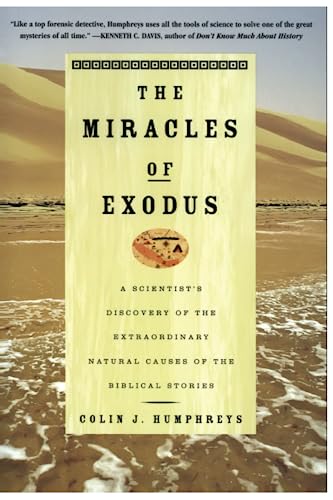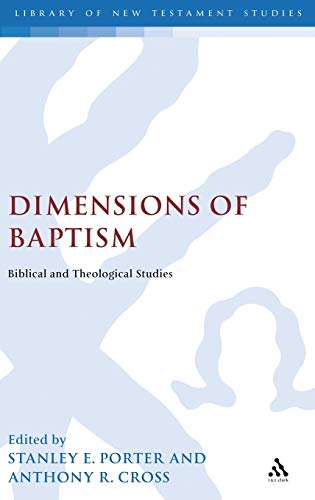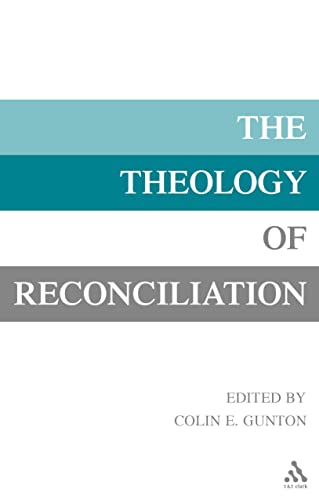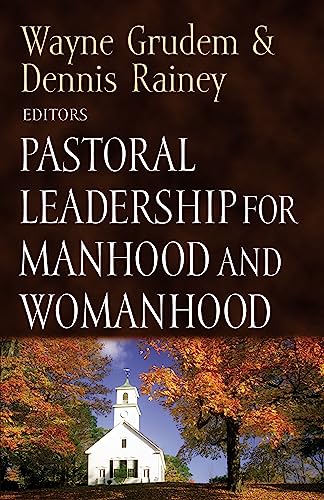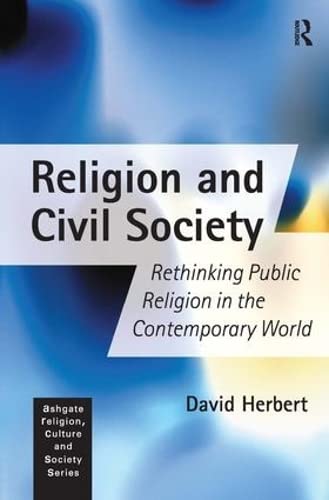Colin Humphreys is Professor of Materials Science at Cambridge University, and has written an intriguing book about the exodus. He writes in a popular, journalistic style, and with an infectious enthusiasm. The book contains two interwoven strands, both of which contain a mixture of old news and new ideas.
The first strand is a series of natural explanations for the sequence of the plagues in Egypt and many of the miracles of the exodus, including the burning bush (a volcanic vent or sub-surface natural gas source), the pillars of cloud and fire (a volcanic eruption on Mount Sinai), the Red Sea crossing (‘wind setdown’—a phenomenon known to meteorologists), the waters at Marah (the purifying effects of charcoal), the manna in the desert (solidified tree-sap), the water from the rock (porous rock), and the crossing of the Jordan (an earthquake-induced landslide).
The second is an account of the exodus route. The most significant of his conclusions here are that the site of the crossing of the Red Sea was at the head of the Gulf of Aqaba (not an inland ‘Sea of Reeds’), and that the biblical Mount Sinai can be identified with modern Mount Bedr, a volcano in Midian (east of the Red Sea, not in the Sinai Peninsula).
There is some interesting material here. First, Humphreys’ natural explanations for the miraculous events of the exodus are generally quite reasonable. Second, he takes the OT text seriously, showing respect for its historicity and paying close attention to its details. Third, he revives some discarded theories about the route of the exodus with the help of some modern scientific insights, reaching confident conclusions where many scholars retreat in uncertainty. For these reasons alone, his conclusions at least merit consideration.
However, the book has several weaknesses. He sometimes reaches, conclusions rather more hastily than the evidence allows; for example, his statement that ‘Midianites did not live in the Sinai Peninsula’ (47) is not justified by the evidence he adduces. Also, some of his natural explanations are rather unsatisfactory, such as the notion that the Israelites walked across the Red Sea in an 80 mph crosswind, and his (admittedly tentative) suggestion that charcoal-purified water could provide for the whole Israelite community. Most significantly, although he raises the issue of the relationship between events presented in Scripture as miraculous and their ‘natural explanation’ (5), this issue is not dealt with satisfactorily at a theological level. In a brief section, he simply suggests that:
a natural explanation of the events of the Exodus doesn’t … make them any less miraculous … What made [them] miraculous was their timing (5).
The book would have been greatly helped by a more carefully nuanced discussion of the relationship between miracles, instrumental causes, and the sovereignty of God, and although the epilogue makes a small step towards this, to my mind it is inadequate as it stands. I would therefore be a little hesitant about recommending this book to lay church members or interested non-Christians, for whom it would otherwise be very engaging.
Overall, this is a genuinely interesting book, but I’m not sure to whom I would recommend it. I suspect that scholars would find the relaxed style rather frustrating as it can sometimes be difficult to follow the argument. On the other hand, its limitations for a non-academic audience has already been mentioned. Sadly, I suspect that The Miracles of Exodus may end up as a ‘coffee-table book’—intriguing, engaging, but not very useful and with little lasting impact.
Steve Jeffery
Oak Hill College


